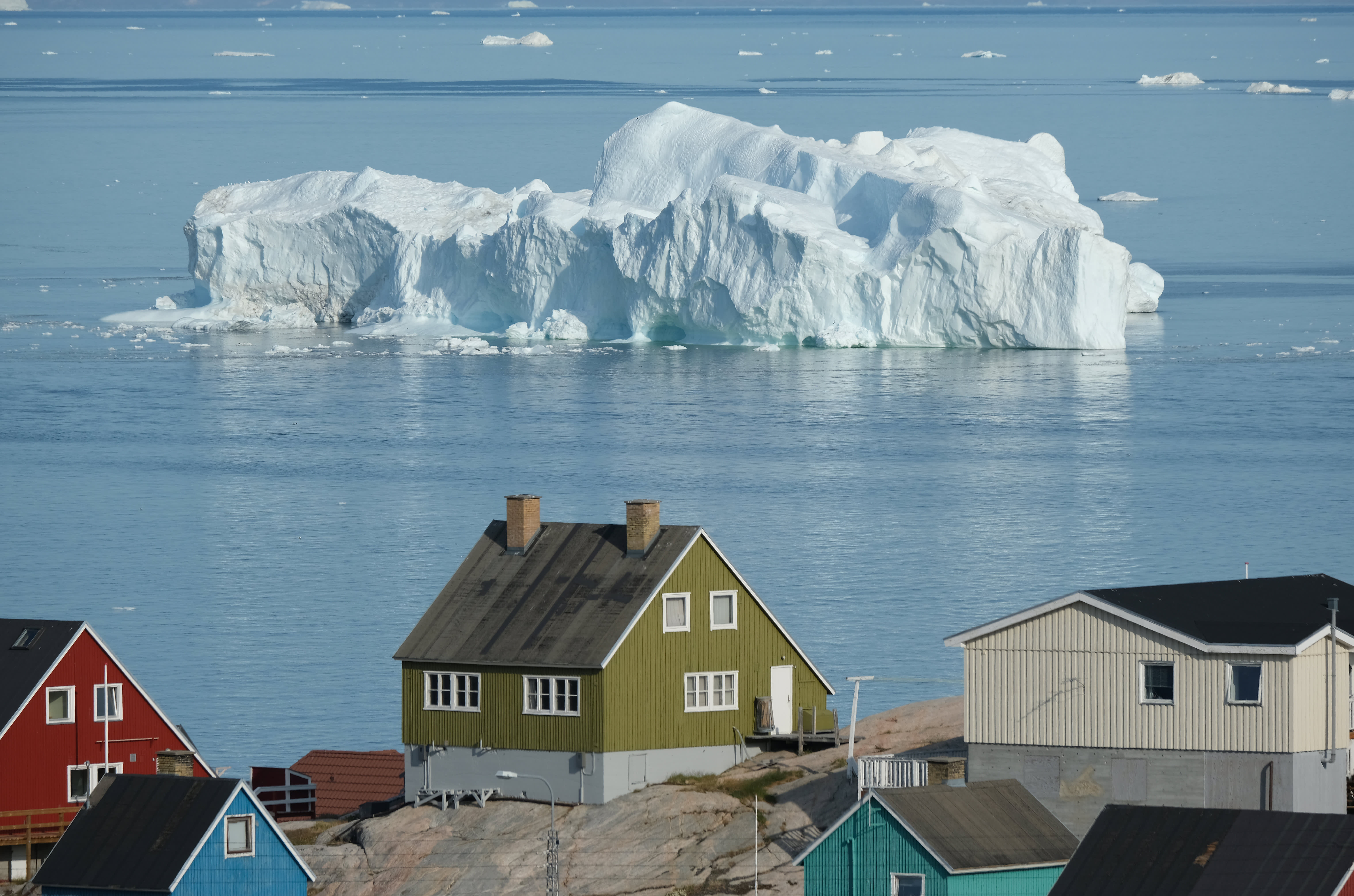how can a loss of sea ice be both a cause and an effect of climate change
The results of multiple models showed that sea ice loss would have an impact on atmospheric circulation in the midlatitudes the area between the tropics and the poles. The loss of sea ice is leading marine wildlife to seek and forage in new habitats and removing that physical barrier allowing for new pathways for them to move said author Dr.
 |
| Extreme Ice Melt In Greenland Threatens Coastal Communities Scientists Warn |
Sea ice area is projected to continue decreasing due to.

. Between 1968 and 2015 the summer sea ice area in northern Canadian waters decreased by nearly 7 per decade on average. In some regions extreme weather events and. Climate change affects all regions around the world. When ice is exposed to heat it melts.
When water heats up it expands. Climate change means melting ice and habitat loss for animals in the Arctic. Although melting sea ice does not cause sea level rise it does have other implications for the global climate. Scientists are currently studying just how much the frozen places on Earth affect the rate of climate change.
Beginning with a statistical analysis they show that observed September near-surface warming and sea-ice loss are strongly correlated with changes in the upper-level atmospheric. Consequences of climate change. Ice loss refers to the retreat of sea ice and land ice mass from its historic extents. Ice at the Earths polar regions helps regulate our climate.
But theres an invisible side effect of warming temperatures and rising tides and its killing key. Rates of local sea level dots on the coast can be larger than the global average due to geological processes like ground settling or smaller than the global average due to. As the Nordic sea changed abruptly from ice covered to open sea the energy from the warmer ocean water was released to the cold atmosphere leading to amplification of. Such changing climate conditions can have worldwide implications because snow and ice influence air temperatures sea level ocean currents and storm patterns.
And whereas rising ocean and land temperatures are largely to blame for Arctic sea ice loss a trend thats amplified as sun-reflecting ice retreats replaced by dark sun. But if too much ice melts in the North Atlantic the water could become less salty and affect ocean. Polar ice shields are melting and the sea is rising. This feedback loop begins with melting of.
Below are some of the ways that the cryosphere has been affecting climate. What is ice loss. Being both cold and salty makes it really dense and heavy so it can sink very far. One mechanism that can enhance the decline in sea ice in a warming climate is called the ice-albedo feedback.
The Earths climate is warming. So when the ocean warms sea level rises. And when ice on land melts and water runs into the ocean. Sea ice has a light-coloured surface and reflects some of the sunlight.
 |
| Frontiers The Antarctic Peninsula Under A 1 5 C Global Warming Scenario |
 |
| Melting Glaciers Causes Effects And Solutions Iberdrola |
 |
| Ozone Depleting Gases Might Have Driven Extreme Arctic Warming |
:no_upscale()/cdn.vox-cdn.com/uploads/chorus_image/image/65959225/GettyImages_1185355197.0.jpg) |
| Climate Change The Ice We Ve Lost This Decade Visualized Vox |
 |
| Diminishing Arctic Sea Ice Has Lasting Impacts On Global Climate |
Posting Komentar untuk "how can a loss of sea ice be both a cause and an effect of climate change"